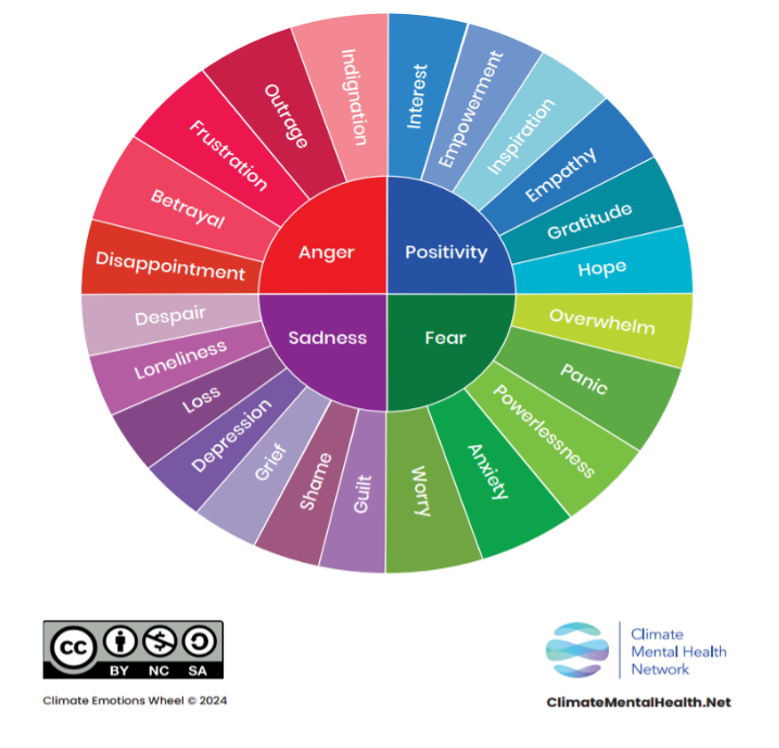We use cookies on this site to enhance your experience.
By selecting “Accept” and continuing to use this website, you consent to the use of cookies.
Originally published April 2025
Universities around the world are considering how to prepare students for a climate-impacted future. In fact, they are uniquely positioned to play a pivotal role in addressing the psychological distress arising from eco-anxiety.
In several recent studies, between 50-75% of young Canadians reported experiencing feelings of fear, sadness, anxiousness and powerlessness, stating that their mental health is being impacted by climate change, leading to negative feelings about the future (Galway & Field, 2023; Mowreader, 2024). Experiences of Laurier students align with these results. According to the 2024 Laurier Climate Knowledge and Action Survey, 77% of student respondents were ‘somewhat’ or ‘very’ worried about climate impacts on people, while 83% were ‘somewhat’ or ‘very’ worried about climate impacts on the environment. Further, a significant number of students reported ‘a little’ or ‘moderate’ impact in terms of concentrating, socializing, studying, sleeping, and eating. This sense of dread is widespread across disciplines, not just in fields related to environmental science or engineering.
In this context, “every course is a climate course,” as Karen Costa states in her Climate Action Pedagogy podcast. Integrating climate pedagogy into your teaching provides students with opportunities to effectively engage with climate change and their anxieties in a variety of ways. Through recognition and validation of students’ climate emotions and creating a teaching environment that promotes education, engagement and action, educators can transform mindsets and turn eco-anxiety into positive action.
Implementing teaching and learning activities and strategies that can validate students’ climate emotions (as in the graphic below) and help them understand how these emotions are linked to knowledge, action and empowerment is a critical first task.

Climate Emotions Wheel © 2023 licensed under CC BY-SA4.0 Based on work by Pihkala 2022
Encourage students to express their anxieties, fears, and frustrations about environmental issues through class discussions, journaling, or peer-to-peer interactions. Providing a supportive, non-judgmental environment helps reduce isolation and fosters emotional processing.
Offer practical tools for self-care to empower students to take care of their mental health while engaging with environmental issues:
Arm students with the tools to transform eco-anxiety into constructive environmental action, changing perceptions towards the development of eco-empathy, eco-compassion, eco-caring and eco-agency (Hickman, 2020).
Design your course with effective learning outcomes that address both the Cognitive Domain (Critical Thinking, Problem Solving) and Affective Domain (Attitudes, Values, Beliefs) with a focus on unearthing the range of emotions identified on the Climate Emotions Wheel (see above). Consider incorporating or building on the following learning outcomes in your disciplinary context to guide your activity selection and your students’ success:
Moving from anxiety into action provides a golden opportunity to address eco-anxiety in students through fostering agency, empowerment, resilience, and hope. Help students understand how they can make a difference by highlighting student-led initiatives, volunteer opportunities, and pathways for contributing to positive change. In particular, collective resilience is built when students collaborate on projects for community-based initiatives or engage in peer learning opportunities that can build “constructive hope” (Marlon et al. 2019).
By intentionally centering climate pedagogy in ways that recognize the emotional aspects of climate change, educators can help students develop personal confidence, skills and knowledge that can transform eco-anxiety into a catalyst for meaningful action.